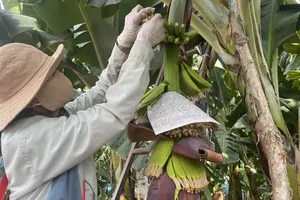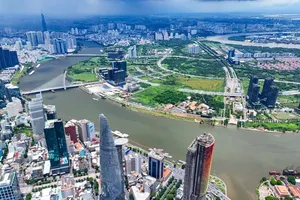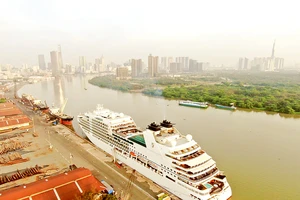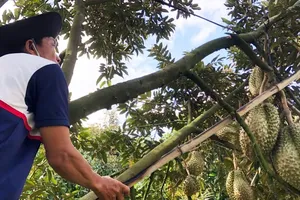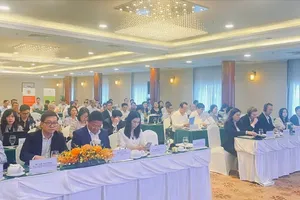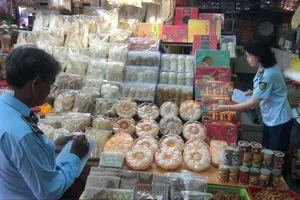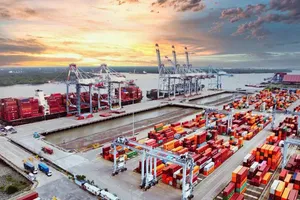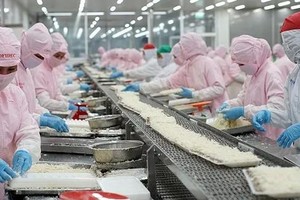The Government has approved a plan to build three special economic zones (SEZs) to spearhead the country’s growth and tap local advantages to impel growth there.
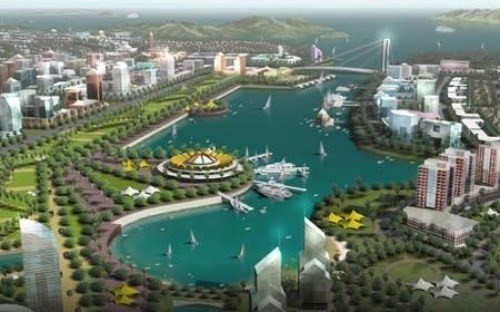
Illustrative image (Source: Internet)
The SEZs, to be built in the coastal districts of Van Don (in the northern province of Quang Ninh), Van Phong (in the central province of Khanh Hoa) and Phu Quoc Island (in the southern province of Kien Giang), will pilot key new economic and administrative policies before they are applied nation-wide to develop the maritime economy.
They would be superior to existing economic zones - where mostly tax and lease incentives are offered - that have failed to attract strategic foreign investors with truly large projects and cutting-edge technologies.
Experts said a Law on Special Economic Zones (or the Law on Special Administrative-Economic Units) needs to be enacted quickly, and administrative and economic policies in conformity with international practices promulgated, to help these SEZs compete with existing special economic zones and free trade zones around the world.
The Ministry of Planning and Investment has been instructed by the Government to draft the law.
The concept of special economic zones has been a familiar one for decades. The Vung Tau - Con Dao Special Economic Zone was created in 1979, but was dissolved in 1991.
A policy on special economic zone construction was also added to the Constitution in 1992 and reiterated in a Resolution passed by the Party Central Committee in 1994.
Vietnam has no special economic zones though there are 15 coastal economic zones and 28 border gate economic zones.
World-wide around 4,000 economic zones have been established in 135 countries, creating over 68 million jobs and adding more than 500 billion USD worth of traded-related value.
Economic zones, while belonging to a country, have relatively independent status in relation to the outside, enjoy great autonomy, are run through modern and free administrative and economic management mechanisms and are integrated deeply into the global economy.

